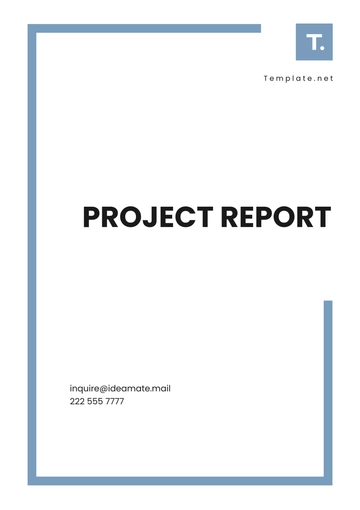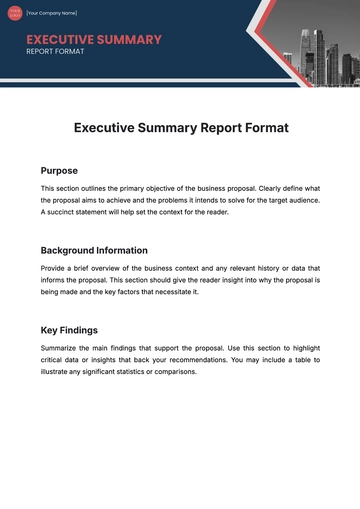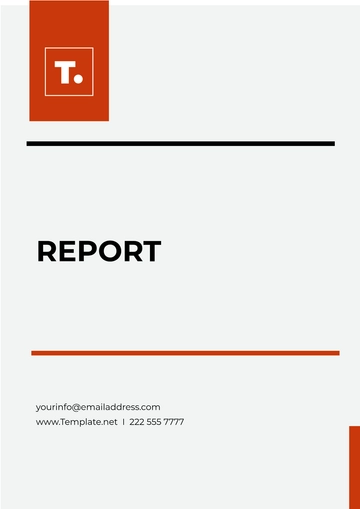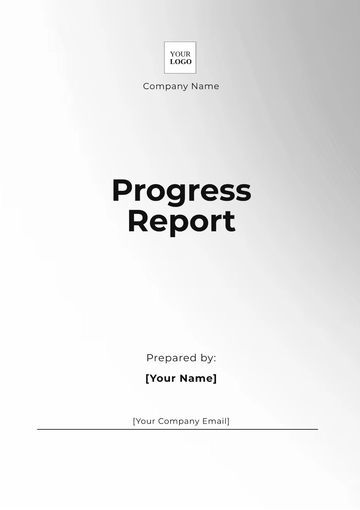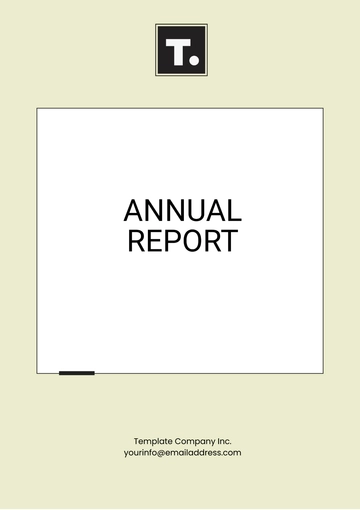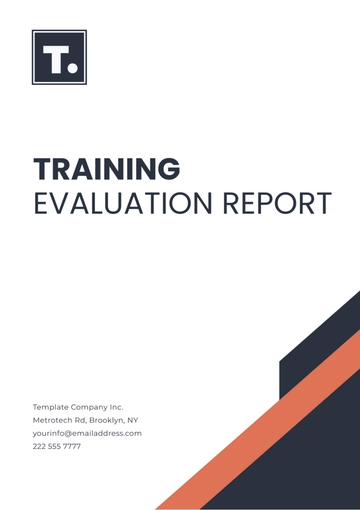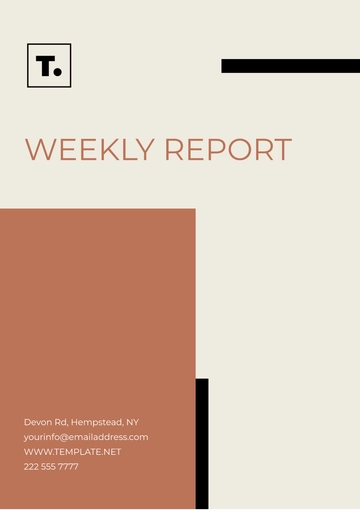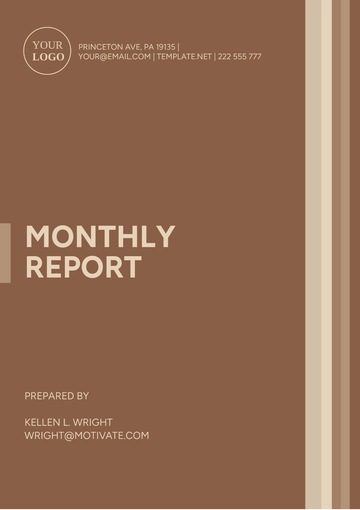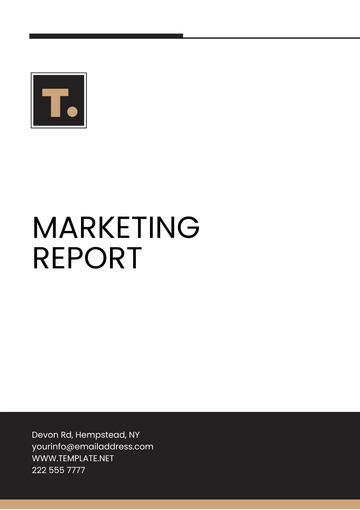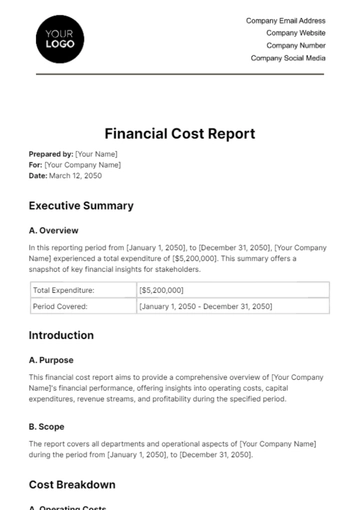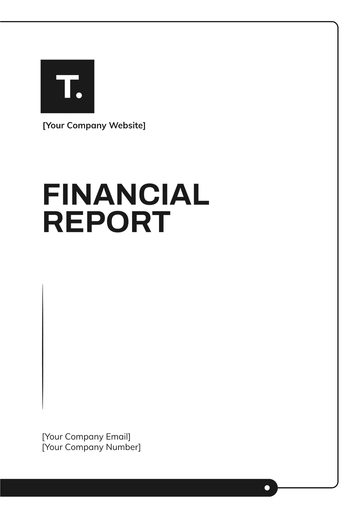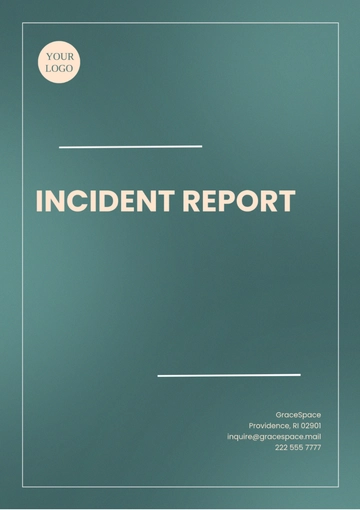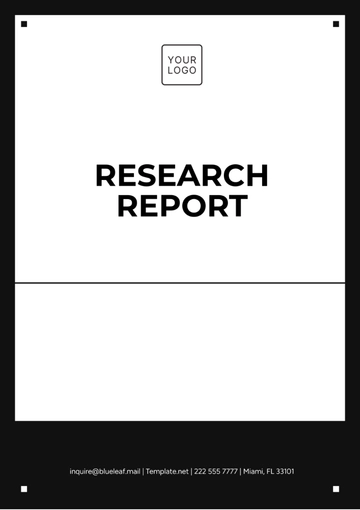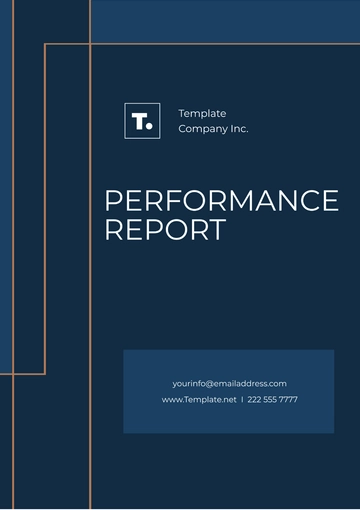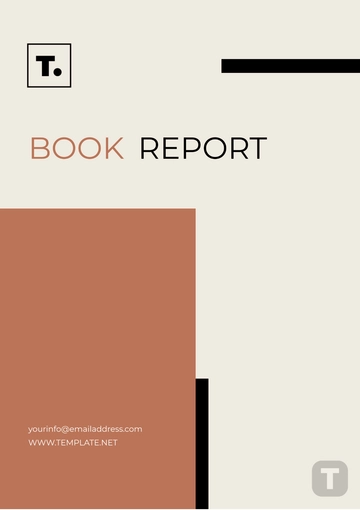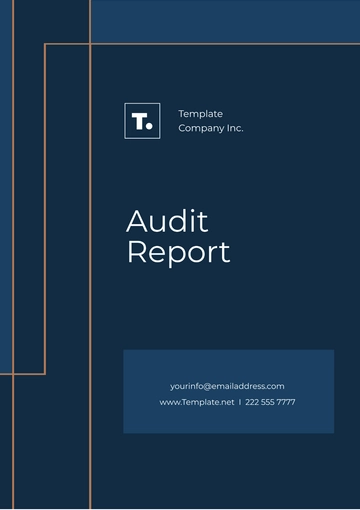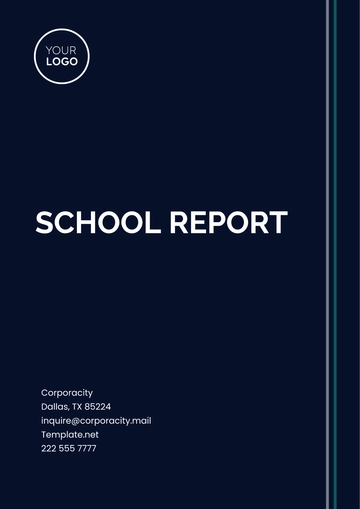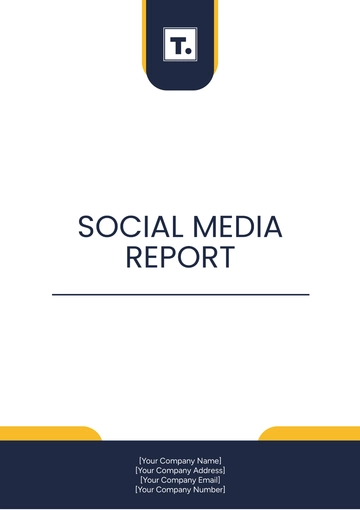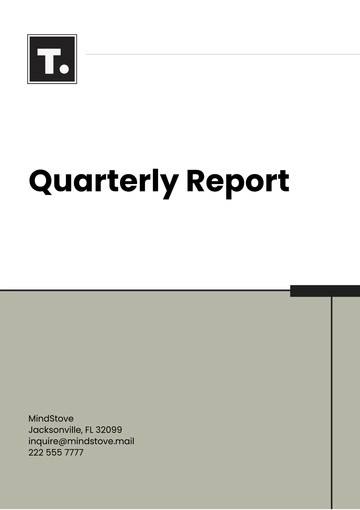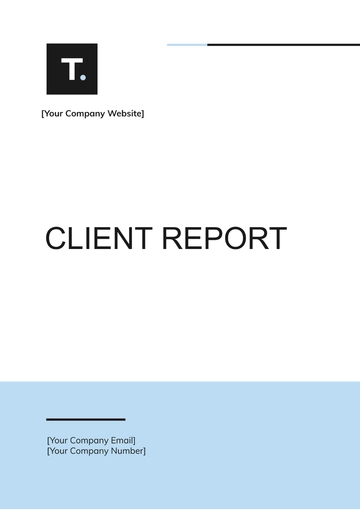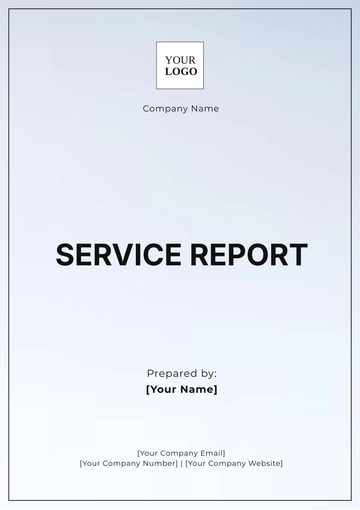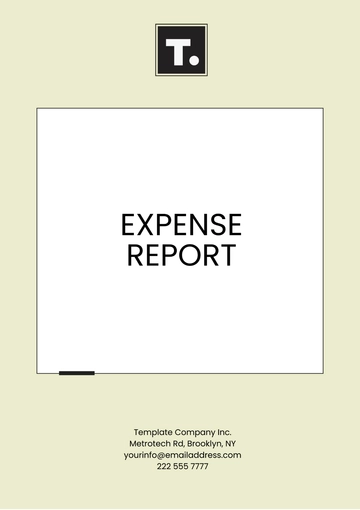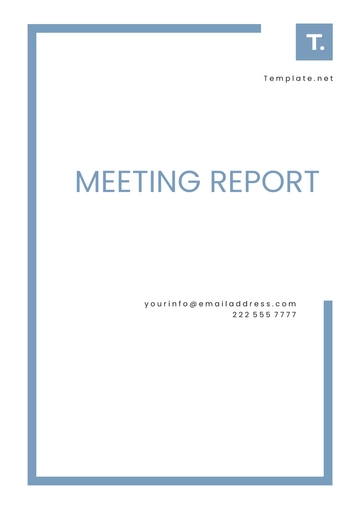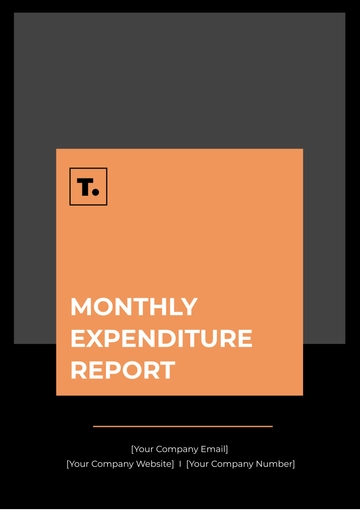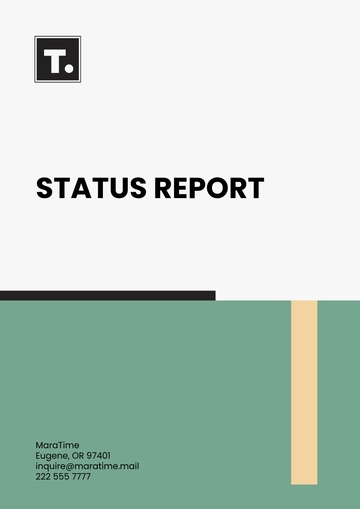Free Agriculture Supply Cost Management Report
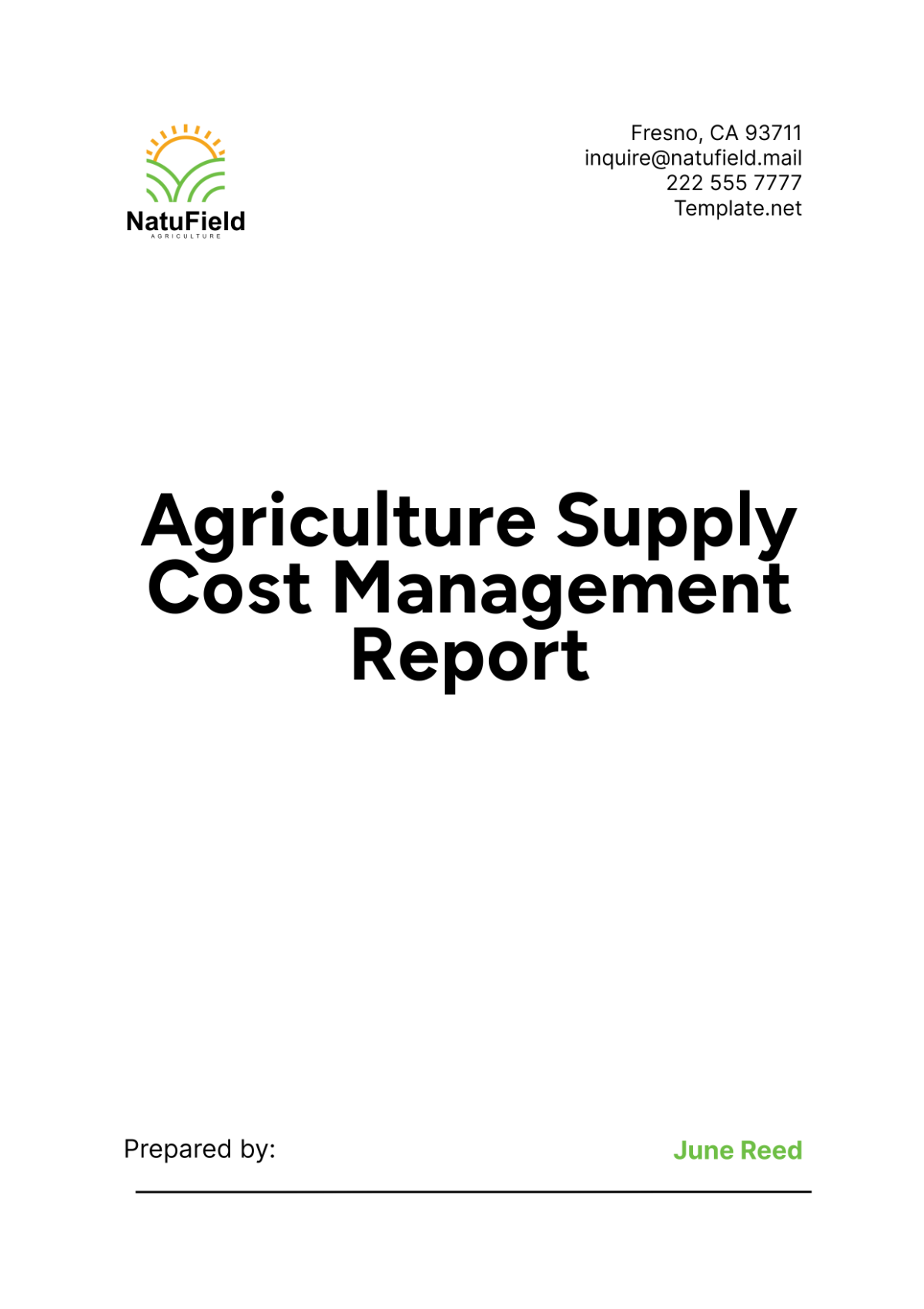
I. Executive Summary
A. Purpose of the Report
The Agriculture Supply Cost Management Report serves as a comprehensive analysis of the expenditure involved in procuring agricultural supplies for [Your Company Name]. By examining current costs, identifying key cost drivers, and proposing strategies for cost optimization, this report aims to enhance operational efficiency and profitability in agricultural operations.
B. Key Findings
Total Supply Costs: In the fiscal year of 2054, [Your Company Name] allocated approximately $12 million towards agricultural supplies, encompassing seeds, fertilizers, pesticides, machinery maintenance, labor, and other miscellaneous supplies.
Major Cost Drivers: The primary expenditures were allocated to fertilizers (30%), seeds (25%), pesticides (15%), machinery maintenance (10%), labor (15%), and other supplies (5%). These categories represent the core areas where strategic cost management initiatives can yield substantial savings.
Cost-Saving Opportunities: By implementing bulk purchasing agreements, optimizing logistics, diversifying suppliers, and integrating technology-driven solutions like precision agriculture and data analytics, [Your Company Name] can potentially reduce supply costs by up to 15%.
Strategic Recommendations: To effectively manage supply costs, [Your Company Name] is advised to establish long-term contracts with reliable suppliers, invest in advanced technologies for efficient resource utilization, and enhance inventory management practices to minimize waste and improve resource allocation.
C. Recommendations
Establishing partnerships with suppliers to secure favorable pricing and terms.
Integrating precision agriculture technologies to optimize resource use.
Implementing robust inventory management systems to streamline operations and reduce overhead costs.
II. Introduction
A. Background
Effective cost management in agricultural supply chains is vital for sustaining profitability and competitiveness in the industry. As [Your Company Name] continues to expand its agricultural operations, understanding and controlling supply costs become increasingly critical.
B. Objectives
Cost Structure Analysis: To dissect the current cost structure associated with agricultural supplies and identify key areas of expenditure.
Cost Optimization: To propose actionable strategies aimed at reducing supply costs while maintaining quality and operational efficiency.
Strategic Planning: To develop a roadmap for the implementation of cost-saving initiatives and technological advancements within the supply chain.
III. Cost Analysis
A. Overview of Supply Costs
Agricultural supply costs encompass a diverse range of inputs necessary for farming operations. These include seeds, fertilizers, pesticides, machinery maintenance, labor, and other ancillary supplies. The breakdown of expenditures for the year 2049 is as follows:
Supply Category | Cost ($) | Percentage of Total Cost |
|---|---|---|
Seeds | 3,000,000 | 25% |
Fertilizers | 3,600,000 | 30% |
Pesticides | 1,800,000 | 15% |
Machinery Maintenance | 1,200,000 | 10% |
Labor | 1,800,000 | 15% |
Other Supplies | 600,000 | 5% |
Total | 12,000,000 | 100% |
The allocation of costs reflects the significant investments required to maintain agricultural productivity and meet market demands. Fertilizers and seeds, constituting 55% of total expenditures, represent the most substantial cost components due to their critical roles in enhancing crop yield and quality.
B. Major Cost Drivers
Fertilizers: High demand for nutrients to optimize soil fertility and crop growth drives substantial expenditures in fertilizer procurement.
Seeds: The procurement of genetically modified seeds ensures crop resilience and productivity, necessitating significant financial investments.
Pesticides: Essential for protecting crops from pests and diseases, pesticides constitute a vital component of agricultural supply costs.
Machinery Maintenance: Regular upkeep and repair of farming equipment are essential to ensure operational efficiency and minimize downtime.
Labor: Costs associated with manual labor for planting, harvesting, and other farming activities are crucial contributors to overall supply expenditures.
Understanding these key cost drivers enables [Your Company Name] to focus on targeted cost-saving initiatives that address the most significant areas of expenditure.
C. Cost Trends
Over the past five years, the cost of agricultural supplies has exhibited an upward trajectory influenced by factors such as inflation, market demand fluctuations, and supply chain disruptions. The following chart illustrates the trend in total supply costs from 2050 to 2054:
Year | Total Supply Cost ($) |
|---|---|
2050 | 10,000,000 |
2051 | 10,500,000 |
2052 | 11,000,000 |
2053 | 11,500,000 |
2054 | 12,000,000 |
The steady increase in supply costs underscores the importance of implementing proactive cost management strategies to mitigate financial pressures and maintain profitability in agricultural operations.
IV. Cost-Saving Opportunities
A. Bulk Purchasing Agreements
Negotiation with Suppliers: Establishing long-term partnerships and bulk purchasing agreements with suppliers can leverage economies of scale to secure competitive pricing and favorable contractual terms.
Volume Discounts: By consolidating procurement activities and committing to larger purchase volumes, [Your Company Name] can capitalize on volume discounts and reduce per-unit costs across various supply categories.
B. Optimized Logistics
Route Optimization: Deploying advanced route planning and logistics optimization technologies enables [Your Company Name] to minimize transportation costs, reduce fuel consumption, and enhance delivery efficiency.
Consolidated Shipments: Combining multiple orders into fewer shipments reduces transportation frequency and associated costs while improving overall supply chain efficiency and reliability.
C. Supplier Diversification
Risk Management: Diversifying the supplier base helps mitigate supply chain risks associated with price fluctuations, geopolitical instability, and unforeseen disruptions.
Competitive Bidding: Encouraging competitive bidding among suppliers fosters a transparent procurement process and ensures [Your Company Name] obtains the best value for each procurement dollar spent.
D. Technology Integration
Precision Agriculture: Leveraging GPS-guided tractors, drones, and sensor technologies optimizes the application of fertilizers, pesticides, and irrigation, thereby reducing input costs while maximizing crop yield and quality.
Data Analytics: Harnessing data analytics tools enables [Your Company Name] to analyze historical supply data, forecast demand patterns, and identify opportunities for cost reduction and operational optimization within the agricultural supply chain.
V. Strategic Recommendations
A. Long-Term Contracts
Stability and Predictability: Establishing long-term contractual agreements with key suppliers provides [Your Company Name] with price stability, ensuring predictable supply costs and minimizing procurement uncertainties.
Partnership Development: Cultivating strong, collaborative relationships with suppliers fosters mutual trust, enhances supplier reliability, and facilitates strategic alignment in achieving shared business objectives.
B. Investment in Technology
Automation and Robotics: Investing in automated farming equipment and robotics reduces labor dependency, lowers operational costs, and increases overall efficiency in agricultural production processes.
Supply Chain Management Systems: Implementing robust supply chain management systems enhances real-time visibility, streamlines inventory control, and optimizes resource allocation, thereby reducing waste and improving cost-effectiveness.
C. Enhanced Inventory Management
Demand Forecasting: Utilizing advanced forecasting techniques and inventory management software improves demand prediction accuracy, minimizes excess inventory, and ensures timely availability of critical supplies.
Inventory Optimization: Adopting lean inventory management principles, such as just-in-time inventory practices, minimizes carrying costs, reduces storage space requirements, and enhances cash flow management.
VI. Implementation Plan
A. Timeline
Short-Term (0-6 months):
Establish bulk purchasing agreements with key suppliers.
Initiate logistics optimization initiatives to streamline transportation operations.
Medium-Term (6-12 months):
Diversify supplier base through competitive bidding processes.
Integrate precision agriculture technologies into farming operations.
Long-Term (12-24 months):
Finalize long-term contracts with strategic suppliers.
Implement automation and supply chain management systems for enhanced operational efficiency and cost-effectiveness.
B. Budget Allocation
Effective implementation of cost-saving initiatives and technological advancements requires prudent financial planning and resource allocation. The proposed budget allocation for key activities is outlined below:
Activity | Estimated Cost ($) |
|---|---|
Bulk Purchasing Agreements | 50,000 |
Logistics Optimization | 75,000 |
Supplier Diversification | 100,000 |
Technology Integration | 500,000 |
Inventory Management Improvements | 200,000 |
Total | 925,000 |
Allocating resources strategically ensures [Your Company Name] can maximize return on investment (ROI) while achieving sustainable cost reductions and operational improvements within the agricultural supply chain.
C. Key Performance Indicators (KPIs)
Cost Reduction: Targeting a 15% reduction in total supply costs within the next two fiscal years through effective cost management initiatives and strategic partnerships with suppliers.
Supplier Performance: Monitoring supplier performance metrics, including on-time delivery rates, quality compliance, and responsiveness to demand fluctuations, to ensure reliability and operational continuity.
Inventory Efficiency: Evaluating inventory turnover ratios and inventory carrying costs to optimize inventory levels, minimize stockouts, and enhance overall supply chain efficiency.
VII. Conclusion
A. Summary
The Agriculture Supply Cost Management Report highlights [Your Company Name]'s commitment to optimizing operational efficiency, reducing supply costs, and enhancing profitability in agricultural operations. By leveraging strategic cost management initiatives, embracing technological advancements, and fostering collaborative partnerships with suppliers, [Your Company Name] is well-positioned to achieve sustainable growth and competitive advantage in the agricultural industry.
B. Future Outlook
Looking ahead, [Your Company Name] will continue to innovate and adapt to evolving market dynamics, regulatory requirements, and technological advancements within the agricultural sector. By maintaining a proactive approach to cost management and operational excellence, [Your Company Name] will ensure long-term sustainability, profitability, and success in its agricultural supply chain operations.
VIII. Appendices
A. Detailed Cost Breakdown
A detailed breakdown of supply costs for the fiscal year 2049, including seeds, fertilizers, pesticides, machinery maintenance, labor, and other supplies, is provided in the table below:
Supply Category | Cost ($) | Description |
|---|---|---|
Seeds | 3,000,000 | High-quality, genetically modified seeds |
Fertilizers | 3,600,000 | Nutrients essential for crop growth and development |
Pesticides | 1,800,000 | Chemicals used for pest and disease management |
Machinery Maintenance | 1,200,000 | Routine upkeep and repair of agricultural equipment |
Labor | 1,800,000 | Direct labor costs associated with farming activities |
Other Supplies | 600,000 | Miscellaneous supplies necessary for farming operations |
Total | 12,000,000 | Total expenditure on agricultural supplies |
B. Cost Trend Analysis Data
A historical analysis of supply costs from 2050 to 2054, demonstrating trends and patterns in expenditure, is presented in the table below:
Year | Seeds ($) | Fertilizers ($) | Pesticides ($) | Machinery Maintenance ($) | Labor ($) | Other Supplies ($) |
|---|---|---|---|---|---|---|
2050 | 2,500,000 | 3,000,000 | 1,500,000 | 1,000,000 | 1,500,000 | 500,000 |
2051 | 2,625,000 | 3,150,000 | 1,575,000 | 1,050,000 | 1,575,000 | 525,000 |
2052 | 2,750,000 | 3,300,000 | 1,650,000 | 1,100,000 | 1,650,000 | 550,000 |
2053 | 2,875,000 | 3,450,000 | 1,725,000 | 1,150,000 | 1,725,000 | 575,000 |
2054 | 3,000,000 | 3,600,000 | 1,800,000 | 1,200,000 | 1,800,000 | 600,000 |
C. Supplier Evaluation Criteria
Cost: Competitive pricing compared to market rates.
Quality: Adherence to quality standards and specifications.
Reliability: Consistency in delivery schedules and supply availability.
Flexibility: Ability to accommodate changes in order volume and specifications.
D. Technology Integration Plan
Precision Agriculture Tools: Implementing GPS-guided tractors and drones for crop monitoring.
IoT Sensors: Installing soil moisture and nutrient sensors to optimize fertilizer and water usage.
Data Analytics Software: Utilizing software to analyze crop performance and forecast supply needs.
- 100% Customizable, free editor
- Access 1 Million+ Templates, photo’s & graphics
- Download or share as a template
- Click and replace photos, graphics, text, backgrounds
- Resize, crop, AI write & more
- Access advanced editor
Monitor supply costs efficiently with the Agriculture Supply Cost Management Report Template from Template.net. It's editable and customizable, designed for financial oversight. Utilize our Ai Editor Tool to analyze expenditure trends, optimizing cost management and enhancing profitability in agricultural operations.
You may also like
- Sales Report
- Daily Report
- Project Report
- Business Report
- Weekly Report
- Incident Report
- Annual Report
- Report Layout
- Report Design
- Progress Report
- Marketing Report
- Company Report
- Monthly Report
- Audit Report
- Status Report
- School Report
- Reports Hr
- Management Report
- Project Status Report
- Handover Report
- Health And Safety Report
- Restaurant Report
- Construction Report
- Research Report
- Evaluation Report
- Investigation Report
- Employee Report
- Advertising Report
- Weekly Status Report
- Project Management Report
- Finance Report
- Service Report
- Technical Report
- Meeting Report
- Quarterly Report
- Inspection Report
- Medical Report
- Test Report
- Summary Report
- Inventory Report
- Valuation Report
- Operations Report
- Payroll Report
- Training Report
- Job Report
- Case Report
- Performance Report
- Board Report
- Internal Audit Report
- Student Report
- Monthly Management Report
- Small Business Report
- Accident Report
- Call Center Report
- Activity Report
- IT and Software Report
- Internship Report
- Visit Report
- Product Report
- Book Report
- Property Report
- Recruitment Report
- University Report
- Event Report
- SEO Report
- Conference Report
- Narrative Report
- Nursing Home Report
- Preschool Report
- Call Report
- Customer Report
- Employee Incident Report
- Accomplishment Report
- Social Media Report
- Work From Home Report
- Security Report
- Damage Report
- Quality Report
- Internal Report
- Nurse Report
- Real Estate Report
- Hotel Report
- Equipment Report
- Credit Report
- Field Report
- Non Profit Report
- Maintenance Report
- News Report
- Survey Report
- Executive Report
- Law Firm Report
- Advertising Agency Report
- Interior Design Report
- Travel Agency Report
- Stock Report
- Salon Report
- Bug Report
- Workplace Report
- Action Report
- Investor Report
- Cleaning Services Report
- Consulting Report
- Freelancer Report
- Site Visit Report
- Trip Report
- Classroom Observation Report
- Vehicle Report
- Final Report
- Software Report


